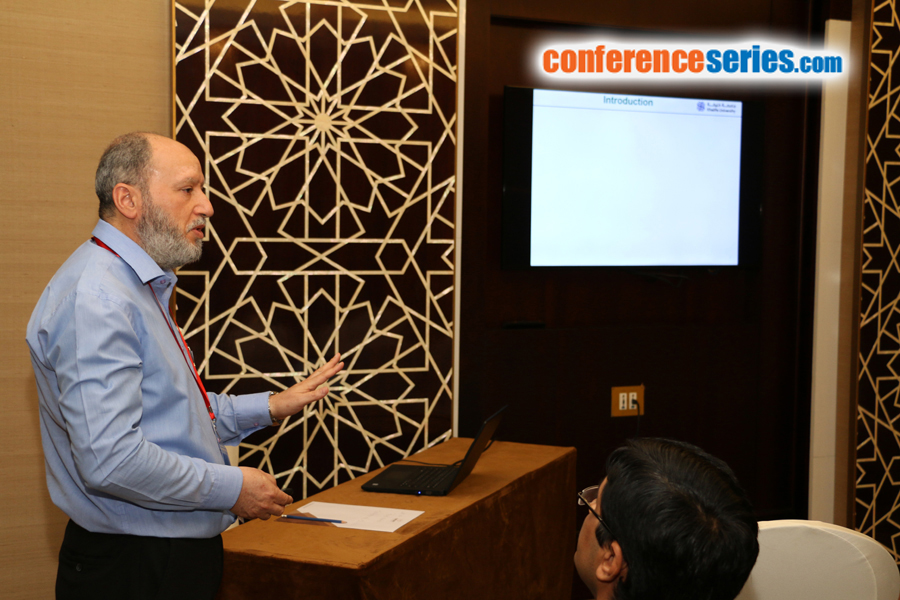
Biography
Biography: I M Al Nashef
Abstract
In the last two decades, Ionic Liquids (ILs) have attracted considerable attention in many fields of scientific research. ILs have drawn an increasing interest due to their unique physical and chemical properties that showed a great potential as an alternative media in many potential applications. ILs are defined as low melting point, lower than 100 °C, salts consisting of organic cations and organic/inorganic anions both of which are large ions and held together by electrostatic interactions. ILs has very low vapor pressure, non-flammable, tunable and can dissolve both polar and non-polar compounds. Owing to their low vapor pressure ILs were qualified as green solvents. However, the green affiliation of ILs is now contested by many research groups. The hazardous toxicity and the very poor biodegradability of many ILs have been reported in the literature. ILs with high purity is also required since impurities, even in trace amounts, affect their physical properties. These drawbacks together with the high price of common ILs delayed their industrial applications and new concepts were strongly needed in order to utilize these systems in a more rational way. To overcome these drawbacks, a new generation of solvents, named Deep Eutectic Solvents (DES), has emerged as alternative to ILs in many applications. Formation of these DESs can be obtained by simply mixing together two or more components that can be chosen to be cheap, renewable and biodegradable. These compounds are capable of forming a eutectic mixture with a melting point lower than that of each individual component. DESs are generally liquid at temperatures lower than 100 °C. Many DESs have similar physical-chemical properties to those of ILs, while being much cheaper and environmentally friendlier. Owing to these advantages, there is now of growing interest in DESs in many fields of research. DESs are chemically tailorable solvents since they can be designed by properly combining various quaternary ammonium or phosphonium salts with different Hydrogen Bond Donors (HBD) or complexing agents. Hence, task-specific DESs with different physical-chemical properties can be prepared. It should also be noted that although components of DESs are potentially reactive chemicals, their auto-association by a hydrogen bond drastically limits their reactivity, allowing their use in many fields of research. In this work, we discuss the application of both ILs and DESs in petroleum refining and petrochemical processes. Examples include, but are not limited to, separation of aromatics, de-sulfurization, de-nitrification and carbon dioxide capture.



